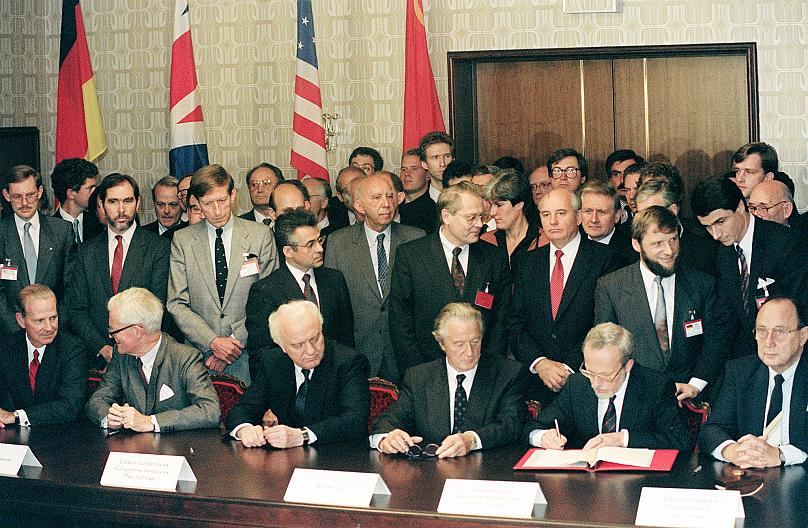
New Delhi. 03 October 2020. It was thirty years ago on 3rd of October 1990 when the East and the West Germanys came together after forty five years and created the most historic event of the twentieth century post the World War II and this time it was the happiness of the two nations cut by destiny coming together to form a power the world would reckon.
The German Unity Day is the National Day of Germany, celebrated on 3 October as a public holiday. It commemorates the anniversary of German reunification in 1990 when the Federal Republic of Germany (West Germany) and the German Democratic Republic (East Germany) were unified, so that for the first time since 1945 there existed a single German state. The German Unity Day on 3 October has been the German National Holiday since 1990, when the reunification was formally completed.
An alternative choice to commemorate the reunification could have been the day the Berlin Wall came down: 9 November 1989, which coincided with the anniversary of the proclamation of the German Republic in 1918, and the defeat of Hitler’s first coup in 1923. However, 9 November was also the anniversary of the first large-scale Nazi-led pogroms against Jews in 1938 (Kristallnacht), so the day was considered inappropriate as a national holiday. Therefore, 3 October 1990, the day of the formal reunification, was chosen instead and replaced the “Day of German Unity” on 17 June, the national holiday of the Federal Republic of Germany from 1954.
Soviet President Mikhail Gorbachev was present while East German Prime Minister Lothar de Maiziere signed the treaty on German reunification in the presence of British Foreign Secretary Douglas Hurd, and US Secretary of State James Baker. A date for German reunification was agreed three weeks before the day of the treaty signing when the East German parliament voted in favour of 3 October 1990.
At the beginning of 1989 hardly anybody in Germany, either in the west or east, had anticipated that the 40th anniversary of the GDR in the fall would also be its last, that the Berlin Wall would soon disappear, and that Germany, which was divided into two states, would be (re-) united. No one had suspected that as a result the political constellations that had dominated post-War European politics for more than forty years would dissolve. But then everything changed. All at once history, which for decades had been evolving at a snail’s pace in Europe, began trotting, before finally breaking into a wild gallop. The speed of the changes even took the breath away from those observers who were mere onlookers and not themselves directly involved in the course of events. A mere ten months after the fall of the Wall the Two Plus Four Agreement signed on September 12, 1990 paved the way for the reunification of Germany.
Germany was divided for almost half a century after the Second World War, with the eastern part becoming a socialist ally of the USSR, while the west was a democratic ally of the USA. Although Berlin had become the federal capital of the new Germany, the government didn’t decide to move the Bundestag (parliament) from Bonn until the following year, and they only just voted in favour of the motion.
October 3rd saw the dissolution of the GDR (East Germany), and in accordance with Article 23 of the German Basic Law, each of the five eastern Bundesländer had to vote to join the Federal Republic of Germany. This was chosen in preference over the other option of an official union of the two states, because a speedy unification was seen as vital during this economically unstable time. On June 20th 1991, the decision to move to Berlin was approved by 338 votes 320. The Parliament and Chancellery only moved to Berlin in 1999, but some departments and many government officials still operate out of the former West German capital. The reunification of Germany was not legally a merger, but an absorption of the East German states into West Germany.


































































































































